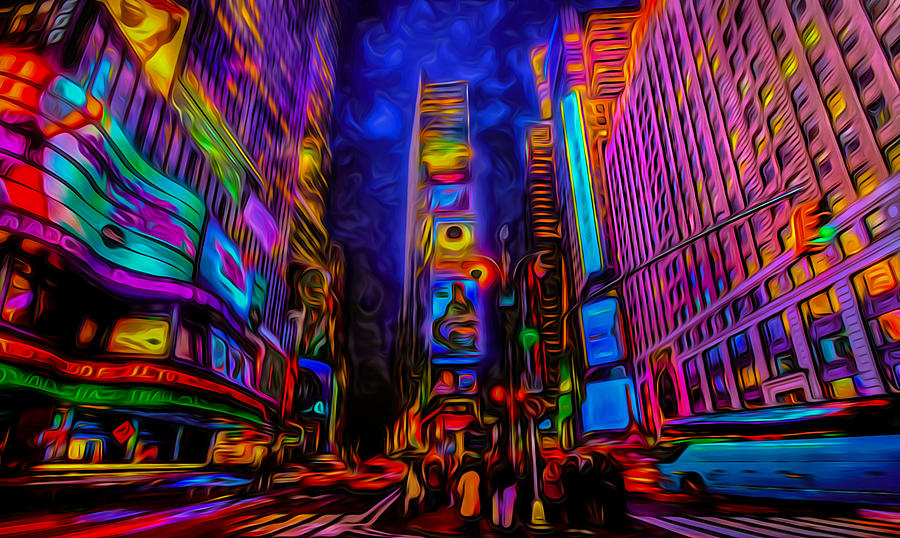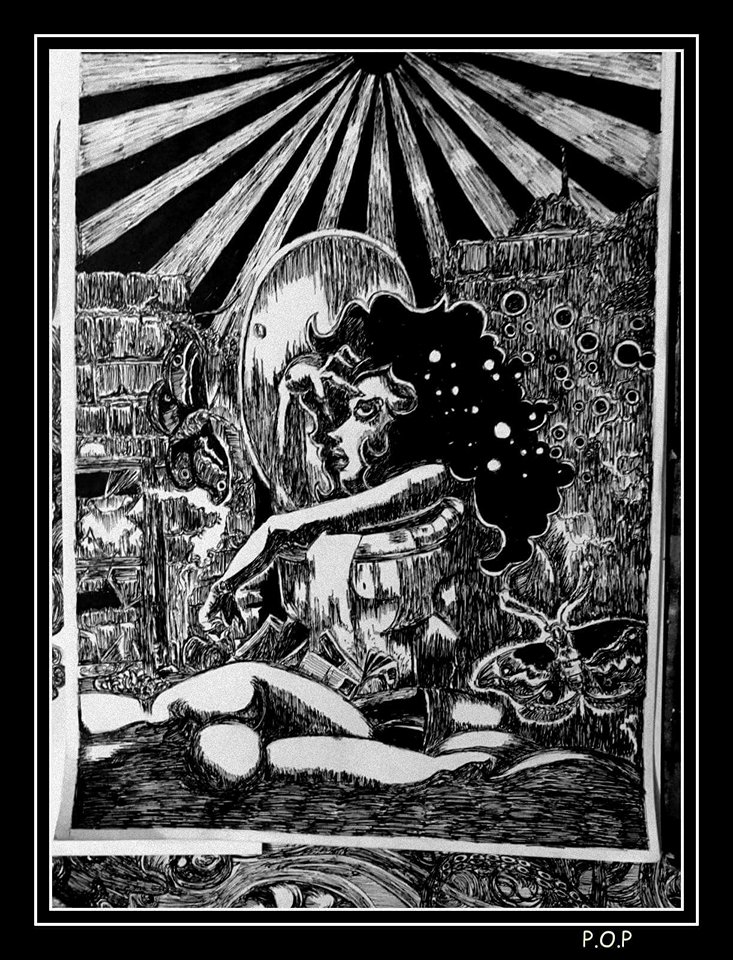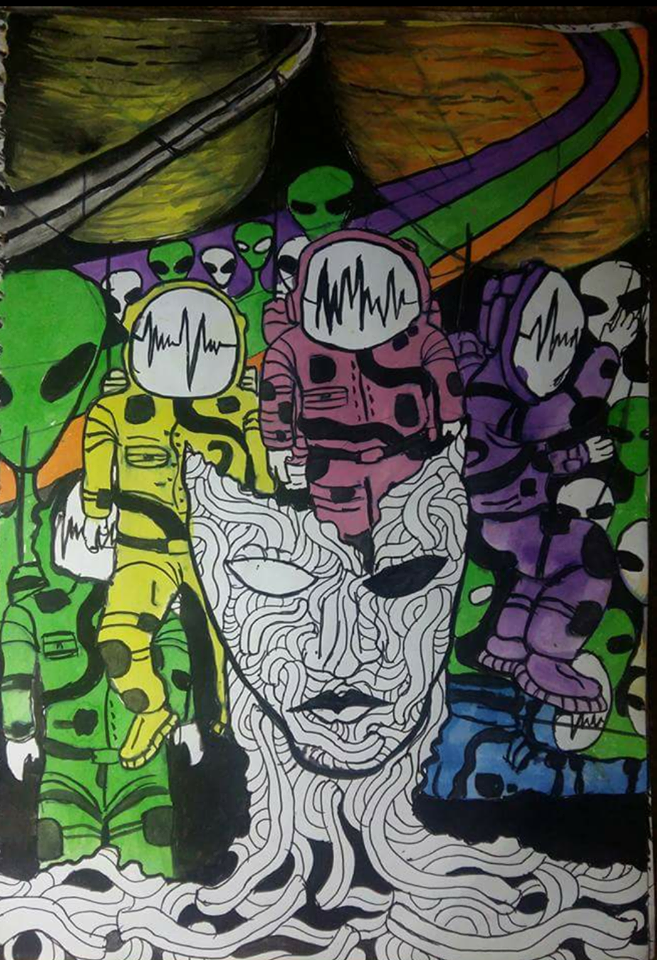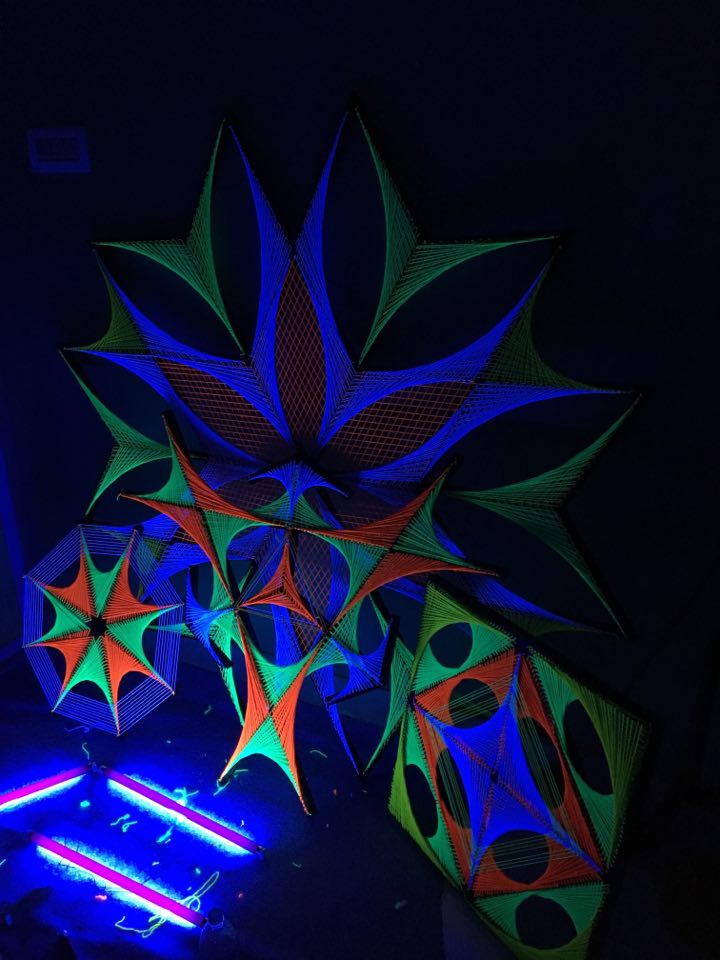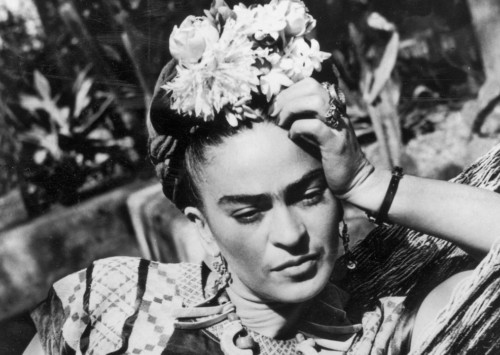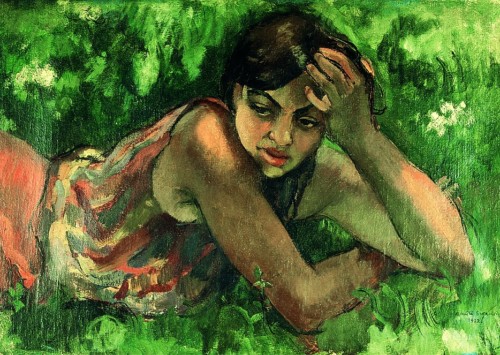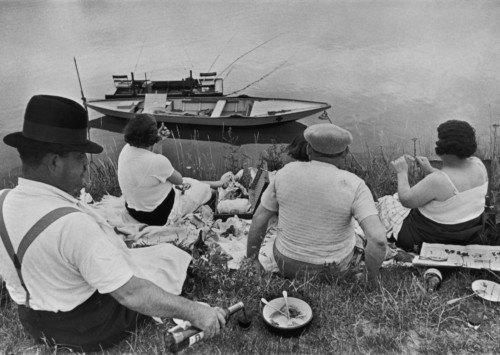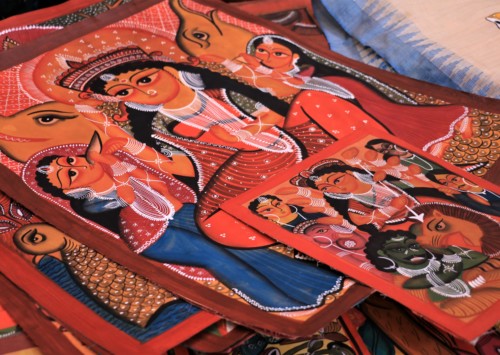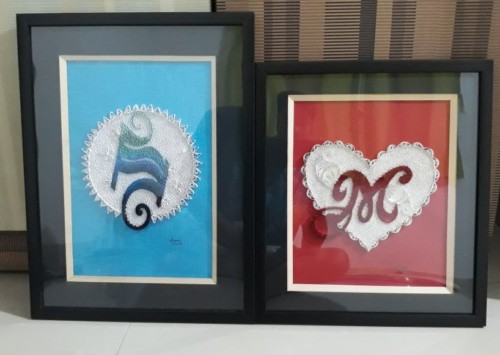Into the psyche of Psychedelic Art
This ‘trippy’ art form moves beyond the realm of drug-induced highs and into the manifestation of the inner psyche on paper.
It would be for some, difficult to relate to the term ‘Psychedelic Art’ at first; as aptly asked by an enthusiast on a social media platform-“Is there a pattern which is psychic or what?”
Going by definitions, the term ‘psychedelic’ was first coined by British psychologist Humphry Osmond which meant “mind manifesting”. Simply banking on that definition, any art form that is a window to the inner psyche of the human mind would be defined as psychedelic.
It was often believed that any art or visual displays inspired by psychedelic experiences and hallucinations known to follow the ingestion of psychoactive drugs such as LSD and psilocybin would befit category of psychedelic art.
Indian Artist Kumarjit Saha who practices psychedelic art from Kolkata, explains, “Psychedelics is not only something that is upon drugs or mind disorientation; it is something that you observe in everything around you- a detailed or a line art itself, something vibrant, something that has emotions of its own. Psychedelics itself is from the heart and the mind. Art is the representation of the feelings and emotions, the vibrancy, the delight and appreciation of the individual head and thus, a similar thought of visualisation.”
Saha explains that an artist practicing this art form is thereby someone observant of the overall environment. He states, “The artist is someone who gains an attraction of energy that makes him or her connect freely to the environment.”
The Roots
The art is synonymous with the culture, either reflecting or deflecting it. An art form, irrespective of a cultural influence is rare. Psychedelic as an art form emerged out of a counterculture movement that gained momentum in the UK and the US in the 1960s. With an anti-establishment phenomenon as the core, the counterculture movement was a holistic one that ran parallel to Civil Rights Movement and later became an instrument to protest the US military intervention in the Vietnam leading to a full-scale war.
This era of widespread social tensions, political movements, uprisings witnessed the cropping up of new cultural phenomenon- like the experimentation with psychoactive drugs, a free dialogue on human sexuality, re-interpretation of the great American Dream, so on and so forth.
It also saw the emergence of newer lifestyles that were dynamic and stood opposed to everything that was social construct. This included a modern incarnation of Bohemianism and the consequent rise of the hippie culture. The hippies, a community of culturally fashionable youths, listened to psychedelic music, propagated the sexual revolution, and started experimenting with drugs such as marijuana, LSD, peyote, and psilocybin mushrooms to explore “altered states of consciousness.”
The art from similar to surrealism can be differentiated at the very fact that while surrealists played around with Sigmund Freud’s theory of the unconscious, psychedelic artists were seduced by Albert Hofmann’s discovery of LSD. Hofmann like his followers, studied the effect of the drug on artists and poets; although, the first instances of psychedelic experience were literary. Aldous Huxley’s The Doors of Perception (1954) and Heaven and Hell (1956) talked about psychedelic experience in detail.
The modern interpretation
Even today, the art form aims to bring forth an altered consciousness, wherein artists tap into the subconscious for creating an art that is reflective of the environment but in a more personal way. Perhaps in that lies the appeal of the art form.
Utsab Biswas, an art enthusiast based from Kolkata says, “Psychedelic art has always appealed to me because it is more than just art. The artist and the one adoring his art see more than the extravagant use of colours. It is how the colours are used, how they bring forth the inherent theme of the picture and what it is striving to depict/convey that stands out. For example, if I’m looking at a psychedelic portrait of Mother Teresa, what’d likely stand out for me is how the various colours depict a person whom we’ve only grown up watching in whites.”
“Psychedelic art, likewise, for me, is an amalgam that is very symbolic of life as a whole. And, life can never be just white, black, or gray. It has to be psychedelic because it has all the shades imaginable.” he added.
“Emotions, travelogues, survival instincts”, says Chaiti Nath, an artist from Kolkata, when describing what drives her psychedelic art pieces.
In India, the psychedelic movement picked in spheres more than one post the first half of 1980. It was around this time that the pioneers
of psychedelic music at the time Laurent and Fred Disko introduced the sounds of Europe in Goa, thus giving rise to Goa Trance. From thereon, the visual art followed. Sammy Ghosh, a India-bopularised ased event organiser agrees stating, “It was the psychedelic music that influenced the art for me. I encourage psy motifs and set-ups in many of my parties which are influenced from the psy-trance music I hear.”
From fashion where psy prints are used for androgynous looks, to psy religious posters, artists are not shying away from experimenting. A relative recurring figure in several psy paintings in India is that of the Hindu god, Shiva. Known for his ‘marijuana’ ways, the Shiva is a commonly depicted figure associated with the highs of the drug.

